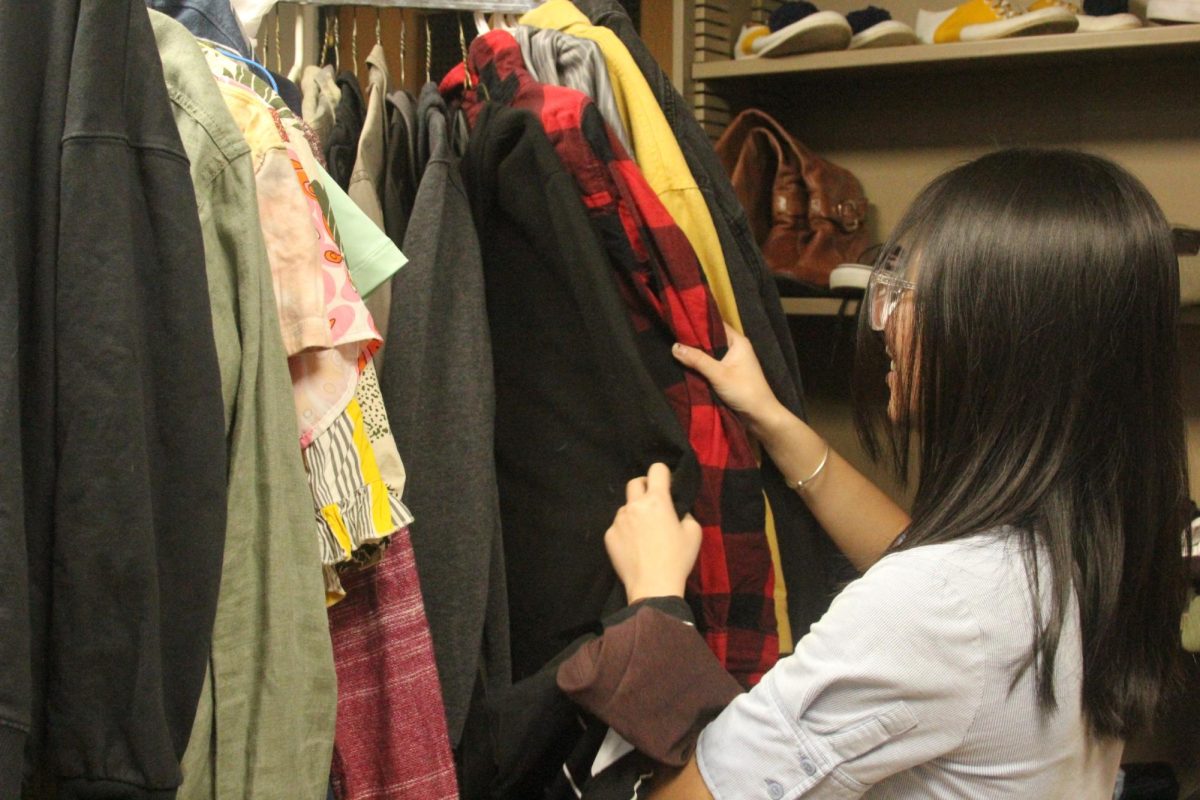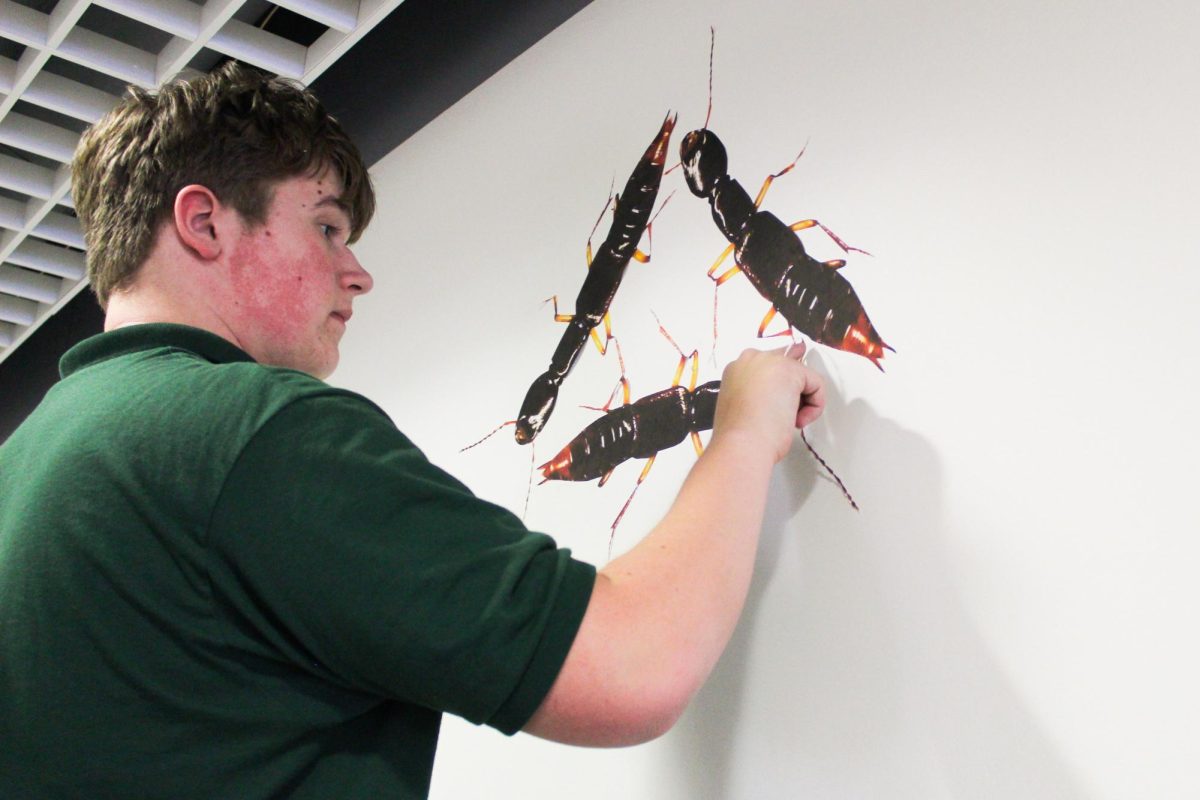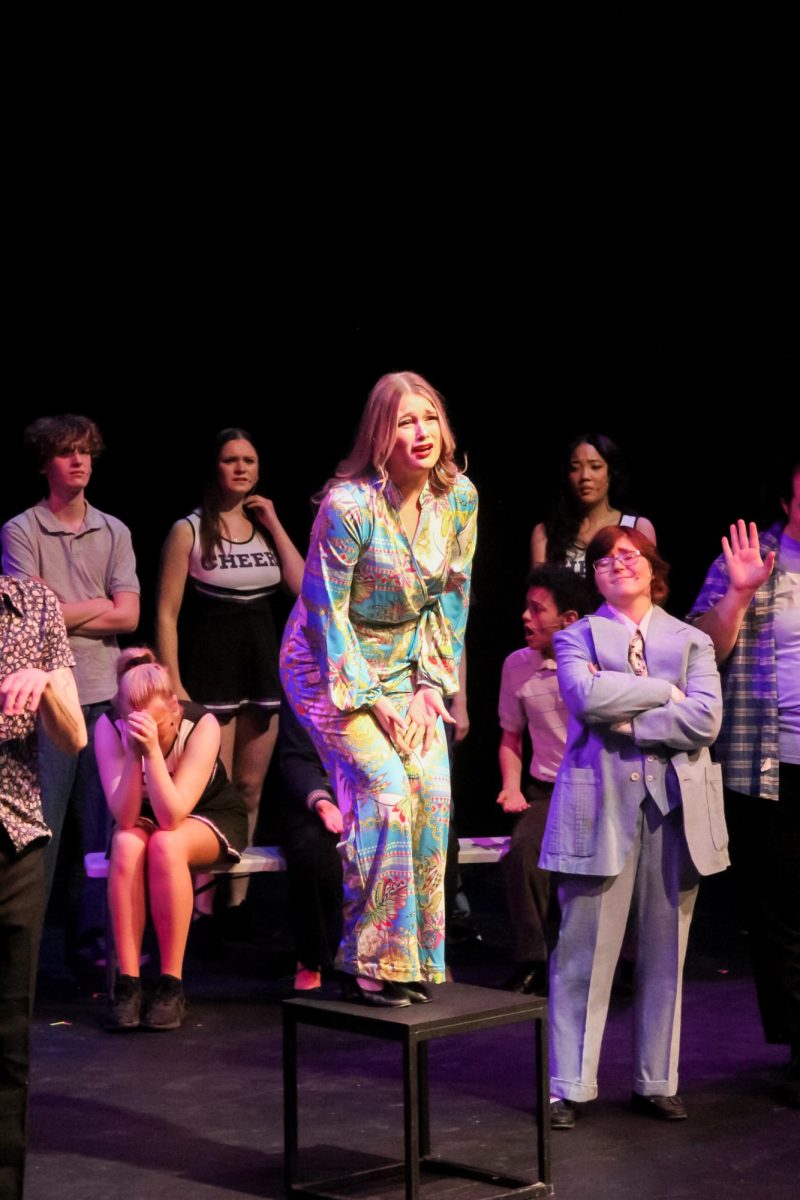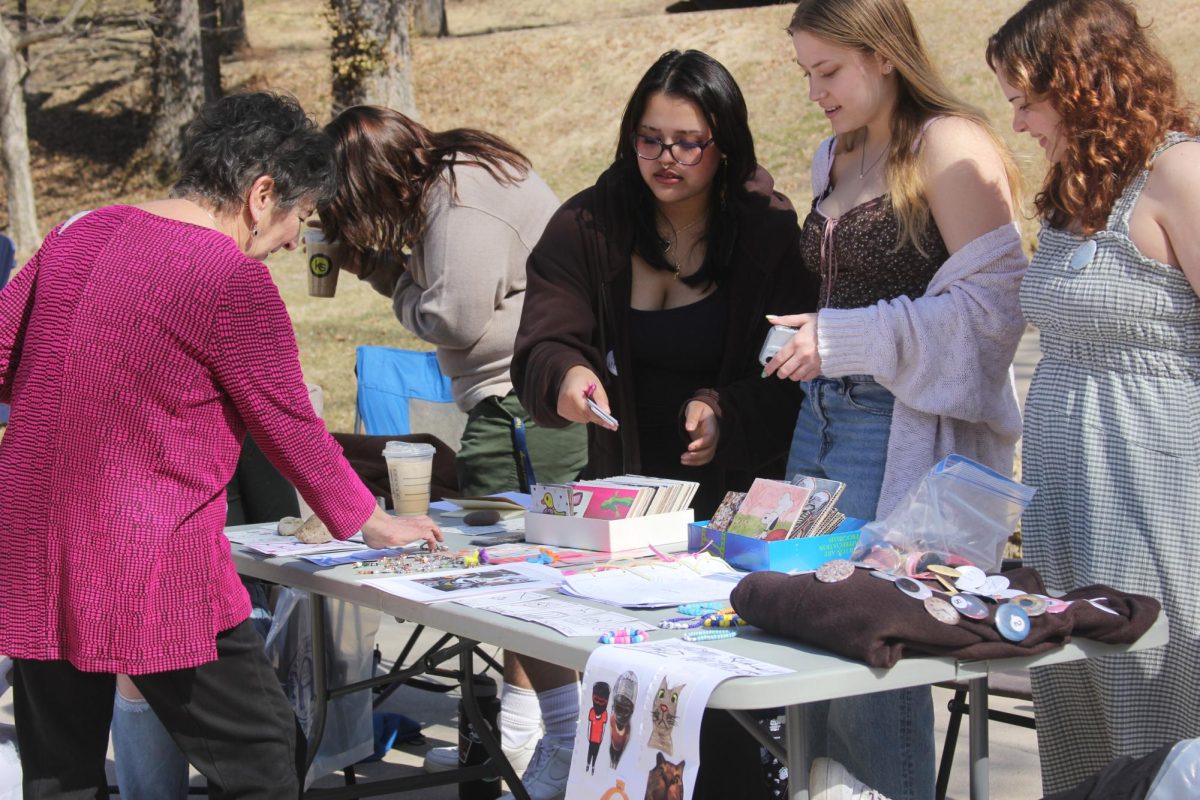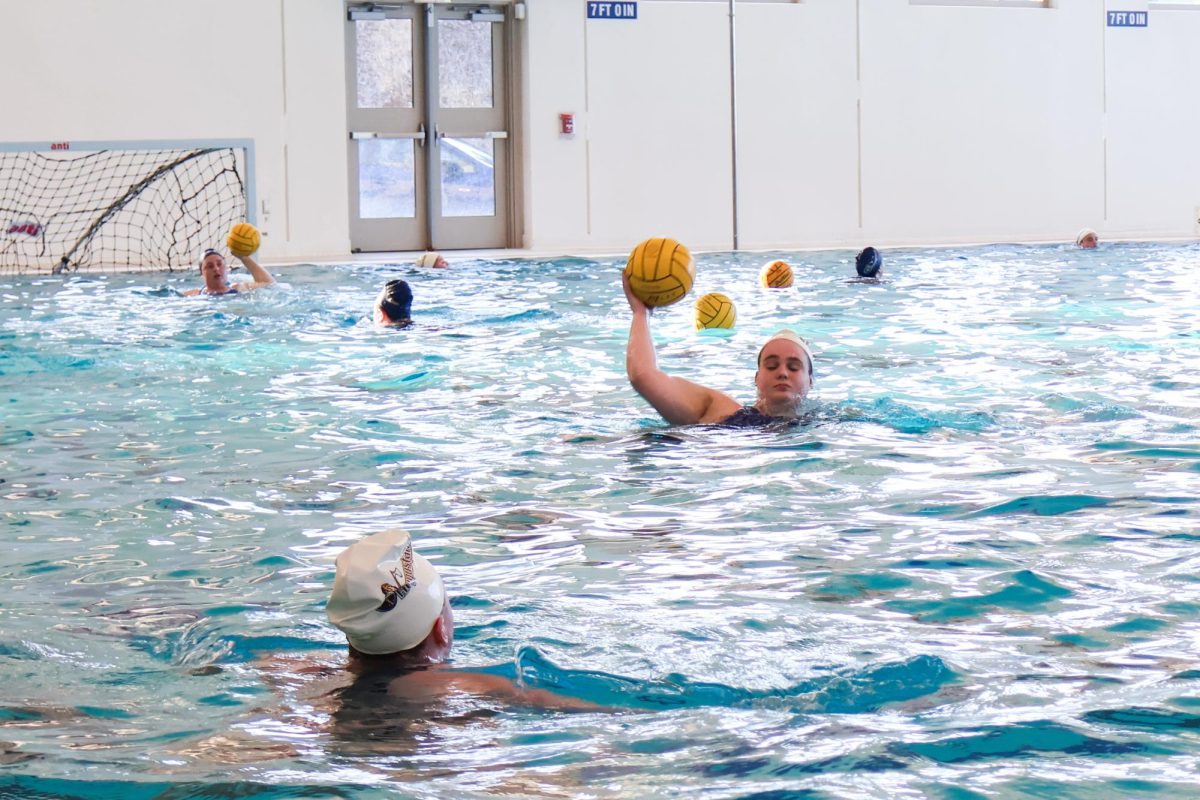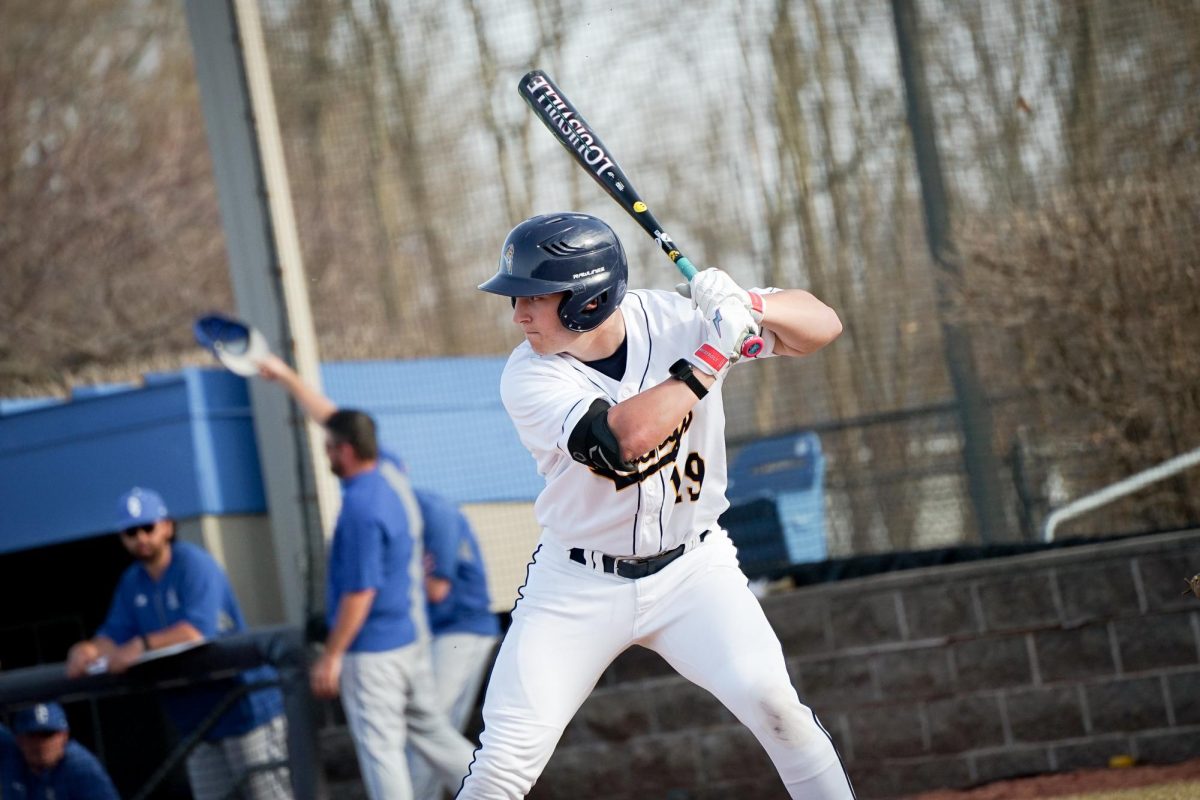For people walking the Swanson Slough path over the past couple months, erosion has been evident. To solve this problem, Augustana has put together a restoration plan: through the next months, workers will install rock cages, remove the Slough’s layer of silt, repave the pathway, and illuminate the area with new LED lights.
Over time, decomposed leaves have been settling at the bottom of the pond, making its depth shallower and negatively impacting the water and plant quality. After being removed, the waste may be repurposed as fertilizer.
Over 95% of the Slough has been drained, forming small pools at the bottom where goldfish, one of the Slough’s most invasive species, can survive. As Vice President of Administration and Chief Financial Officer, Kirk Anderson, said “what will happen to the goldfish will happen.” If the fish are residing in an excavation area, they will have to be removed, if they are not, they will be left alone.
Joe Scifo, Director of Facilities, said “there will be no use of chemicals” during the process.
An engineering group has been studying the Slough’s environment closely in order to allocate the college’s resources effectively.
Dr. Tim Muir, associate professor of biology uses the Slough as a teaching laboratory and a resource for research. He has been very involved with its ecology for years. He has been researching the native population of painted turtles for the past eight years to learn about energy use while also monitoring their growth and population dynamics.
The turtles have been collected and are currently living in a lab. They will be returned to their improved environment at the end of the restoration project.
To maintain the Slough as it is, there must be periodic dredging. The silt and build-up in the water, along with the nature of the goldfish’s bottom feeding tendencies prevents light from infiltrating the pond. The lack of light decreases phytoplankton and the organisms that feed off of it (like zooplankton), affecting the entire food web of the system.
“The goldfish are essentially ecosystem architects and change whole ecosystem of the Slough,” Anderson said.
A hope of the biology department is to work with the college to create a new ecosystem by potentially restocking with new fish or planting strategic, native plants.
“The Slough really is meaningful to the campus, the community, the alumni as a symbol, as well as a critical place for teaching in the natural sciences,” Muir said. “It gives us a chance to study some natural phenomena right on our campus that we otherwise couldn’t do.”
The project comprises the span of the library to the President’s House bridge, about 890 ft.
The construction will begin December 16, at the beginning of Winter Break. People on campus during this break will not be able to use the Slough path and should remain clear of the site for safety purposes.
Categories:
Taming of the Slough
December 7, 2017
0
More to Discover
